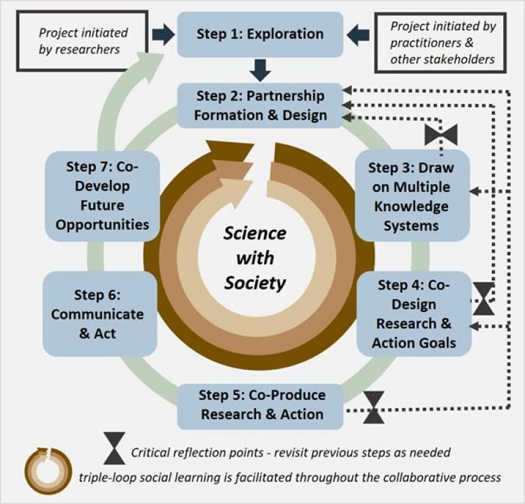Unit 21: Science, Society, and the World
Unit 21: Science, Society, and the World

Unit 21: Science, Society, and the World

Unit 21: Science,Society, and the World
Science and SocietySocieties have changed over time, and consequently, so has science. For example, during the first half of the 20th century, when the world was enmeshed in war, governments made funds available for scientists to pursue research with wartime applications — and so science progressed in that direction, unlocking the mysteries of nuclear energy. At other times, market forces have led to scientific advances. For example, modern corporations looking for income through medical treatment, drug production, and agriculture, have increasingly devoted resources to biotechnology research, yielding breakthroughs in genomic sequencing and genetic engineering. And on the flipside, modern foundations funded by the financial success of individuals may invest their money in ventures that they deem to be socially responsible, encouraging research on topics like renewable energy technologies. Science is not static; it changes over time, reflecting shifts in the larger societies in which it is embedded.
Supporting science
Some science can be done without much money at all. You can make careful observations of the sparrows in your backyard and do real scientific research on a shoestring, but many research topics in science are not so cheaply addressed. For example, scientists are eagerly awaiting the answers to key questions in particle physics, which they hope will come from a multi-billion dollar particle accelerator scheduled to be operational in 2009. Of course, most scientific research doesn't cost billions of dollars — but neither is it free.
Science can be expensive. There are salaries to be bankrolled, lab equipment to be bought, workspace to be paid for, and field research to be financed. Without funding, science as a whole simply can't progress, and that funding ultimately comes from the societies that will reap its benefits. Hence, those societies help determine how their money is spent. For example, a society that largely approves of stem cell research will encourage government support, stimulating advances in the field. However, a society that largely disapproves of stem cell research is unlikely to support politicians who provide funding for that research. In the latter situation, less research on stem cells will be done, and that society is unlikely to become a leader in the field.
Funding influences the path of science by encouraging research on some topics and pointing away from others. That influence may be indirect, such as when political priorities shape the funding programs of government funding agencies (like the National Institutes of Health or the National Science Foundation). Or that influence may be more direct, such as when individuals or private foundations provide donations to support research on particular topics, like breast cancer — or when an individual or institution offers a monetary prize for solving a particular scientific problem, such as the 25-million-dollar prize offered in 2007 for the invention of a viable technique for removing carbon dioxide from the atmosphere. As that example demonstrates, funding can shape the course of science by prodding it in particular directions — but ultimately, funding cannot change the scientific conclusions reached by that research.
Vocabulary
Lesson Reading
Videos and Interactives (Click on Images to View Content)

